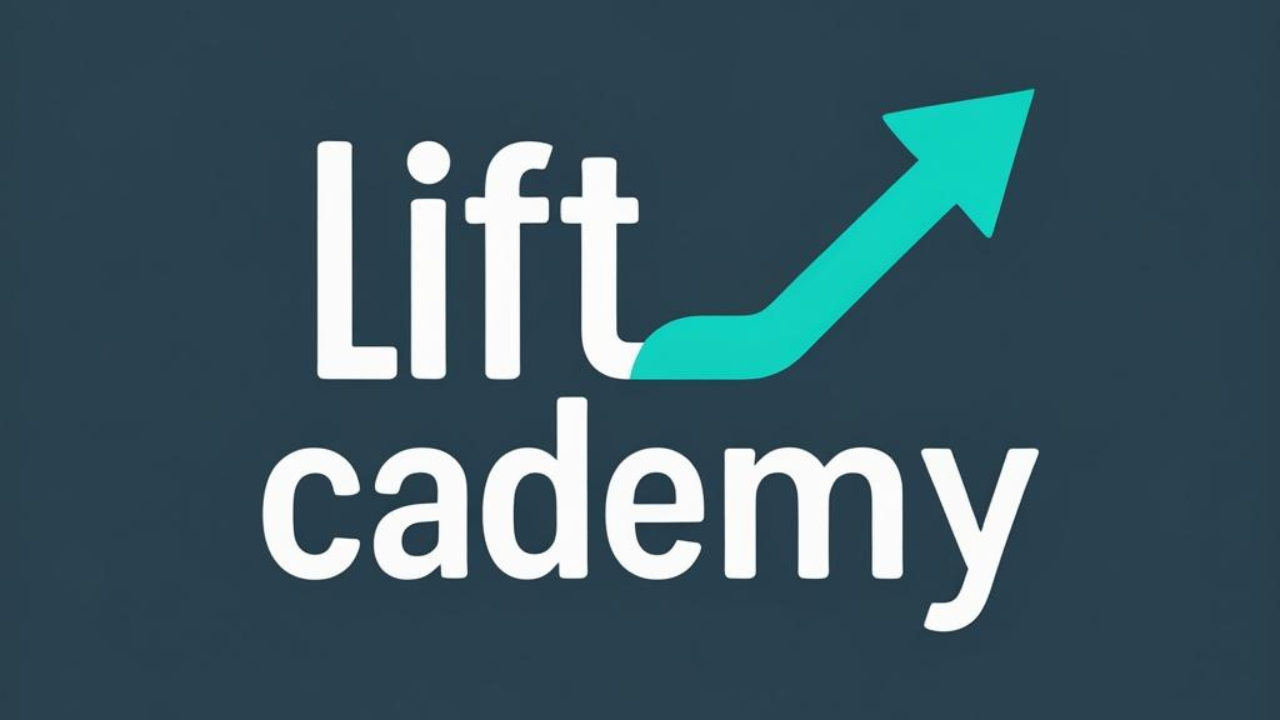Hi doctor,
In this lesson, we’re going to walk through one of the most commonly requested areas in filler practice — the nasolabial folds.
Almost every patient who’s aging — or even younger patients who smile a lot or have facial fat descent — will at some point ask, “Can we soften these lines?”
But while the treatment may sound simple, there’s a lot of nuance in how to do it safely and naturally, especially if you want to avoid that overfilled or puffy look.
Let me take you through how I personally approach nasolabial fold filler — clinically, artistically, and above all, safely.
🧠 First: What Causes Nasolabial Folds?
The nasolabial fold is a natural anatomical feature — it’s not a wrinkle.
It deepens over time due to a few reasons:
- Descent of the malar fat pad
- Loss of midface support
- Bone resorption around the maxilla
- Muscle activity (especially in expressive patients)
So while we can inject into the fold directly, it’s important to recognize that sometimes the real problem is above it — in the cheeks or the pyriform area. That’s why I often start by evaluating the midface volume before injecting the fold itself.
✅ When Should You Treat the Fold Directly?
I treat directly into the fold when:
- The fold is very deep, and the patient wants visible softening
- There’s a crease that persists even at rest
- The patient has already had midface support, or doesn’t want cheek filler
- There’s asymmetry or contour irregularity in the fold line
- The patient’s goal is subtle softening, not total erasure (which looks unnatural)
Remember: nasolabial folds should never be completely erased — they’re part of natural human anatomy.
💉 What Filler Do I Use?
Here’s what I look for:
- A medium G-prime filler that can hold shape but still remain flexible
- Good tissue integration
- Low swelling potential
- Reversible, HA-based filler only
I often reach for:
- Restylane Refyne or Defyne
- Teosyal RHA 3
- Juvéderm Volift (or Vollure, depending on your region)
- Belotero Intense if I want more structure
If the skin is very thin or crepey, I use a softer product or inject more superficially with caution.
✍️ Injection Technique
There are two main ways I inject the nasolabial fold:
🔸 1. Deep Bolus Technique (Needle)
- Use a 27G needle
- Inject into the deep fat compartment, close to periosteum
- Target key support points along the fold
- Small boluses (0.1–0.2 mL max per point), slowly deposited
- Stay lateral to the angular artery (which lies medially in the fold)
This is good for creating structural lift from underneath the fold.
🔹 2. Superficial Linear Threading (Cannula or Needle)
- For softening the visible crease
- Inject in the mid-dermis or superficial subcutaneous layer
- Use a 25G or 27G cannula, entering laterally
- Use retrograde linear threads along the line, very small amounts
I only do this if there’s a true static crease that needs blending — and I always use a soft filler to avoid lumpiness.
💉 Volumes I Usually Use
- Mild folds: 0.3–0.5 mL per side
- Moderate correction: 0.5–1.0 mL per side
- Severe cases: up to 1.5 mL per side, often in combination with cheek or pyriform support
But again — I never aim for complete flattening.
My goal is to soften, not erase.
🛑 Mistakes to Avoid
Here’s what I’ve seen go wrong — and what you should avoid:
- Overfilling the fold directly — creates a stiff, puffy, unnatural look
- Ignoring midface volume loss — you’re just chasing a symptom
- Injecting too superficially with a firm filler — leads to visible lumps
- Chasing symmetry too hard — natural folds are often slightly asymmetric
You want the patient to look refreshed, not frozen or overdone.
📋 What I Tell Patients After Treatment
Post-injection care is simple:
- Mild swelling and bruising can occur, especially near the mouth
- No massage unless directed
- Avoid exercise, alcohol, or facial pressure for 24–48 hours
- I always let them know the result settles over 7–10 days
I remind them: this is a softening treatment, not a “line removal.” That keeps expectations realistic.
👨⚕️ Final Thoughts
Nasolabial fold filler is often where patients start — but also where natural-looking results really matter. If you go too aggressive or inject without assessing the whole face, it’s easy to make someone look bloated or heavy.
So my advice is:
Always evaluate the midface first, inject slowly, and remember: less is more when you’re working near the mouth.
This area is expressive, dynamic, and visible — subtlety wins.
🎓 Want to See How I Treat It Step-by-Step?
In my online video course, I show you:
- My full assessment process for the midface and folds
- Live injection demonstrations with both needle and cannula
- My favorite entry points and injection planes
- Real patient results with before-and-after breakdowns
- How I avoid overfilling and how I handle corrections
Everything is online, with no hands-on training required.
👉 Click here to enroll:
🔗 Join the Nasolabial Fold Filler Masterclass (Insert your Kajabi course link)
I’ll see you inside the course — and we’ll work together to create natural, confident results for your patients.
Let me know if you’d like this formatted into:
- A PDF download for Kajabi
- A video recording script
- Or organized into a lesson flow for your module structure
I’m happy to help with the full content production!
